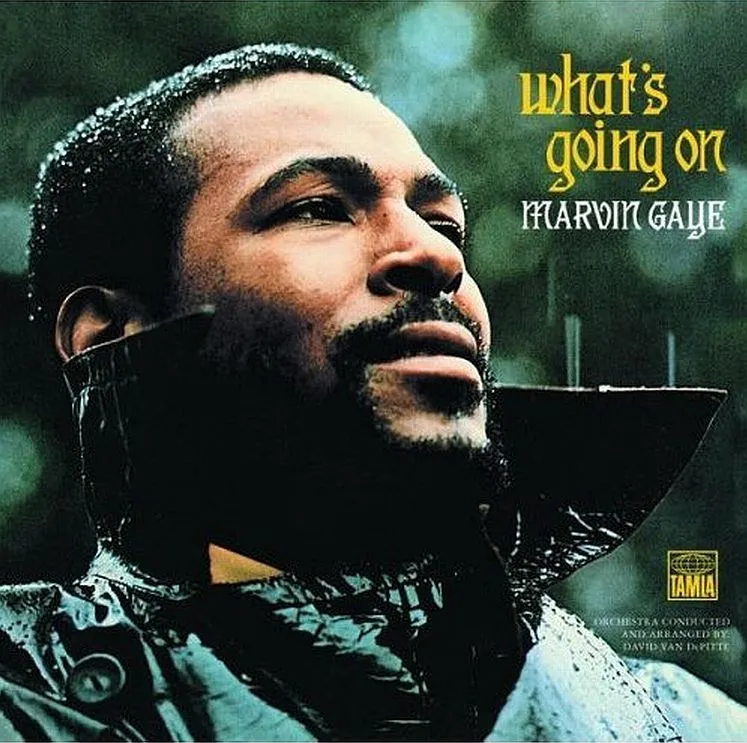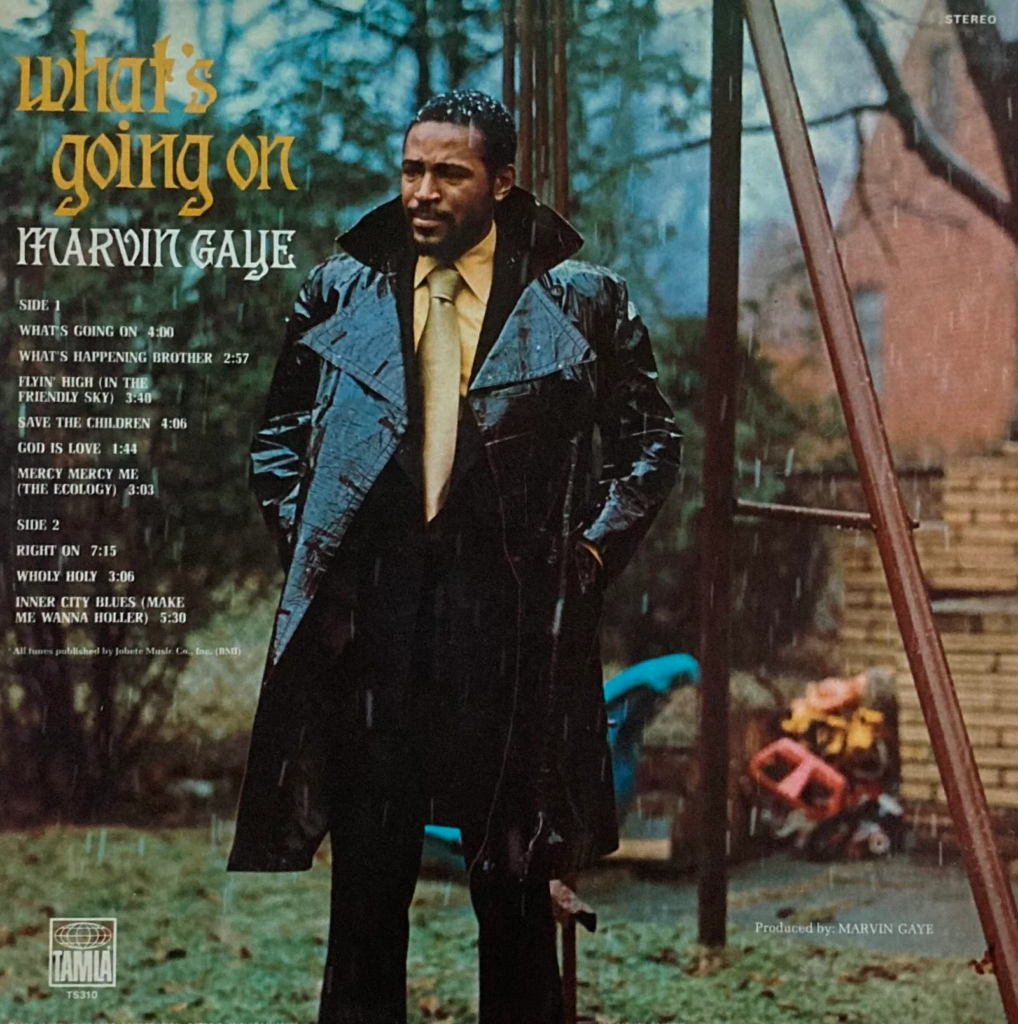Marvin Gaye’s “What’s Going On,” released in May 1971, stands as one of the most profound and influential albums in music history. This work marked a departure from Gaye’s earlier Motown sound, offering instead a deeply personal and socially conscious narrative that resonated with the turbulent era of the early 1970s. The album’s poignant lyrics, innovative musical arrangements, and the collaborative efforts of talented musicians all contributed to its enduring legacy.

Lyrically, “What’s Going On” is a concept album that addresses pressing social issues such as war, poverty, environmental destruction, and systemic injustice. The inspiration for the album came from a conversation between Renaldo “Obie” Benson of The Four Tops and Gaye, sparked by witnessing police brutality during an anti-war protest. The title track, “What’s Going On,” sets the tone with its soulful plea for understanding and peace. Gaye’s voice, filled with both anguish and hope, asks, “What’s going on?” – a question that echoes the sentiments of a generation grappling with profound social upheaval.

The album continues with tracks like “What’s Happening Brother,” which tells the story of a Vietnam War veteran returning home to find a society that feels foreign and unwelcoming. “Mercy Mercy Me (The Ecology)” is a lamentation of environmental degradation, highlighting Gaye’s foresight into issues that remain relevant today. “Inner City Blues (Make Me Wanna Holler)” addresses economic disparity and systemic racism, painting a vivid picture of urban despair. Each song is a narrative thread that weaves together a larger tapestry of social commentary, making the album a cohesive and powerful statement.
Musically, “What’s Going On” is a fusion of soul, jazz, and classical influences, creating a rich and layered sound that was groundbreaking for its time. The album’s lush string arrangements and compelling horn sections were orchestrated by David Van De Pitte, adding a sophisticated texture that complemented Gaye’s soulful melodies. Gaye’s innovative use of multi-tracked vocals, where he layered his own voice in harmony, added depth and complexity to the sound. This technique was particularly effective in creating the album’s signature ethereal quality, enveloping listeners in its emotional resonance.

The collaborative efforts of the musicians involved were crucial to the album’s success. James Jamerson, the legendary bassist of Motown’s house band, The Funk Brothers, played a pivotal role. His intricate bass lines, particularly on the title track, provided a foundation that was both rhythmic and melodic, driving the songs forward with a compelling groove. Jack Ashford’s masterful percussion added another layer of rhythmic complexity, enhancing the album’s overall feel. The synergy between these musicians and Gaye’s visionary direction resulted in a sound that was both cohesive and innovative.

Gaye’s insistence on creative control was a significant aspect of the album’s development. At the time, Motown was known for its polished, hit-oriented production style, but Gaye sought to break free from these constraints to explore more complex and socially relevant themes. This determination allowed him to craft an album that was not only musically groundbreaking but also thematically unified and deeply personal.
“What’s Going On” remains a touchstone in music history, celebrated for its lyrical depth, musical innovation, and enduring relevance. Its themes of social justice, environmental consciousness, and human compassion continue to resonate, reflecting ongoing struggles and aspirations. Marvin Gaye’s vision, combined with the exceptional talents of his collaborators, created an album that not only captured the spirit of its time but also laid a foundation for future generations of artists and listeners. This timeless work stands as a testament to the power of music as a force for change and reflection, which keeps inspiring and influencing generations of artists and listeners alike
